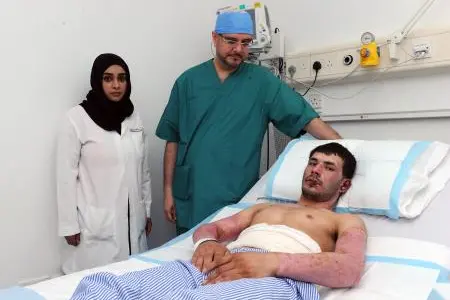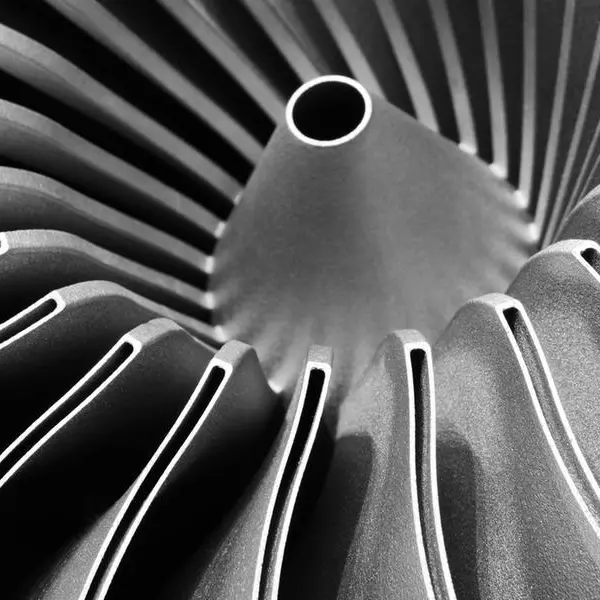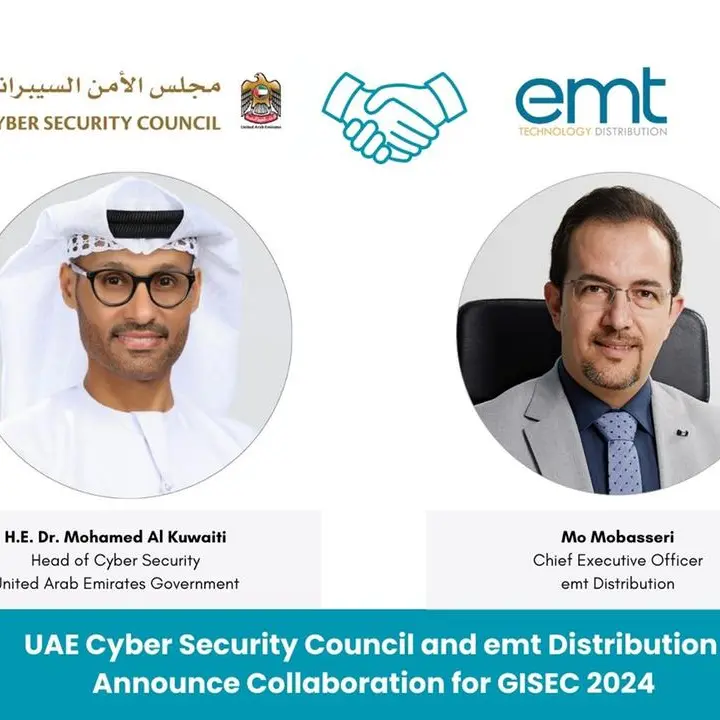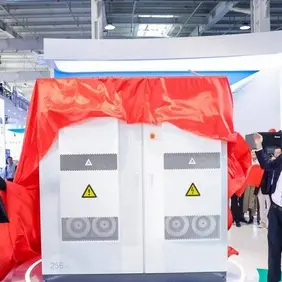PHOTO
United Arab Emirates: Two young Afghani nationals were rushed into Rashid Hospital after a gas cylinder defect left both of them with massive flame burns.
Twenty-seven year old Hafizulla had 45 per cent total body surface area affected by second-degree superficial and deep burns. His cousin, 20-year-old Khayal Mohammed had 30 per cent burns. Both were in a critical condition.
A multidisciplinary team of doctors from the hospital and the Burns unit of the hospital carried out several procedures to stabilise them.
Few days later, both patients became the first in the UAE to undergo amniotic membrane graft that was donated by a mother that delivered her baby via C-section at Latifa Hospital for Women and Children. This is the first procedure in the UAE where amniotic membrane from the placenta is used to accelerate wound care and regenerate skin tissue.
Dr Fahd Baslaib, CEO of Rashid Hospital at the DHA said, “Advances in patient care and providing the highest quality of medical services is a priority. The Burns unit at the Hospital has continued to expand its specialised services over the last few years and we are proud of this achievement that paves the way for advanced burn and wound care thereby providing patients with better pain management and accelerated recovery.”
Generally, in cases of burns, skin grafting is the procedure performed.
Amniotic membrane graft is gaining popularity in burn and wound care due to the many benefits associated with it.
Only a pregnant woman that undergoes a C-section delivery can donate the amniotic membrane, as it is a sterile environment.
The amniotic membrane surrounds the placenta and protects the developing fetus in utero and separates mother and fetus. At birth, the placenta separates from the wall of the uterus and is expelled from the body. The mother and child no longer require the placenta to facilitate nutrient transport and pregnancy after birth.
Dr Muna Tahlak, CEO of Latifa Hospital for Women and Children at the DHA said, “Placental tissues are increasingly being used in wound care and management use to its promising results. We are keen to further develop the use of amniotic membrane in burn and wound care.”
Dr Marwan Al Zarouni, Head of the Burns and Plastic Surgery Unit at Rashid Hospital, said, “Both the patients were the right candidates for this procedure as they are young and the wounds were clean. We contacted Latifa Hospital for Women and Children for a donor for the amniotic membrane.”
Doctors from the Burns unit were present in Latifa Hospital for Women and Children and immediately after the birth of the baby; the discarded placenta was used to obtain the amniotic membrane. Doctors disinfected the membrane, which is a thin film and needs precise technique to collect it. The membrane was cut into strips, disinfected and stored in sterile containers and was kept in a medical refrigerator.
Prior to the amniotic membrane graft, doctors from the Burns unit carried out a second round of cleaning and removal of dead skin from the recipient areas.
On the 26th of June, the amniotic membrane graft procedure was conducted on Hafizulla. Both his legs had deep burns and those areas were selected for the graft.
On the 30th of June, the second patient, Khayal Mohammed, underwent the procedure for his chest and upper arms.
Al Zarouni said, “The amniotic membrane was used instead of skin grafting in deep burn areas. We had sufficient membrane to cover these areas for both patients. Since membrane can only be stored for 14 days, we had to discard the rest. The areas where the membrane was grafted showed faster healing.
“There are many benefits of using amniotic membrane. It helps in pain management, which is critical for patients with burns and deep wounds. If it matches genetically, it becomes part of the body or else it does the work of pain management, increases and enhances the wound healing process and then it falls off. The membrane is rich in nutrients, reduces inflammation, has antibacterial properties, is non-immunogenic (will not be seen as foreign material) and it reduces scar tissue formation. All these properties make it ideal to promote wound healing.”
Hafizulla said, “I lost consciousness by the time I was admitted. It was just terrible; we were in so much pain. When I woke up, I realized I was in the hospital. I prayed and left it all to Allah, to his will. I cannot thank the doctors at the hospital enough. They took great care of us; we have received a new lease of life.”
Both patients were discharged last week. Rashid Hospital is one of the few hospitals in the country that has a dedicated Burns unit that follows international best practices.
-Ends-
© Press Release 2019Disclaimer: The contents of this press release was provided from an external third party provider. This website is not responsible for, and does not control, such external content. This content is provided on an “as is” and “as available” basis and has not been edited in any way. Neither this website nor our affiliates guarantee the accuracy of or endorse the views or opinions expressed in this press release.
The press release is provided for informational purposes only. The content does not provide tax, legal or investment advice or opinion regarding the suitability, value or profitability of any particular security, portfolio or investment strategy. Neither this website nor our affiliates shall be liable for any errors or inaccuracies in the content, or for any actions taken by you in reliance thereon. You expressly agree that your use of the information within this article is at your sole risk.
To the fullest extent permitted by applicable law, this website, its parent company, its subsidiaries, its affiliates and the respective shareholders, directors, officers, employees, agents, advertisers, content providers and licensors will not be liable (jointly or severally) to you for any direct, indirect, consequential, special, incidental, punitive or exemplary damages, including without limitation, lost profits, lost savings and lost revenues, whether in negligence, tort, contract or any other theory of liability, even if the parties have been advised of the possibility or could have foreseen any such damages.











